1. paediatric specific history
1.1. developmental history
1.1.1. ages at which milestones were achieved
1.1.1.1. sitting alone
1.1.1.2. rolling
1.1.1.3. smiling
1.1.1.4. talking
1.1.1.5. crawling
1.1.1.6. walking
1.1.1.7. running
1.1.1.8. toilet training
1.1.1.9. riding tricycle
1.1.2. school present grade, problems, and interaction with peers
1.1.3. behavior
1.1.3.1. enuresis
1.1.3.2. temper tantrums
1.1.3.3. thumb sucking
1.1.3.4. pica
1.1.3.5. nightmares
1.2. feeding history
1.2.1. breast of bottle
1.2.1.1. frequency
1.2.1.2. duration
1.2.1.3. preparation of formula
1.2.1.4. perception of the infant's satisfaction with the feeding
1.2.2. introduction to solid fodd
1.2.2.1. quality and quantity
1.2.2.2. adverse reaction
1.2.3. nutritional supplementation
1.2.3.1. meal frequency
1.2.3.2. fluid intake
1.2.3.3. vitamins (D mostly)
1.3. prenatal and birth history
1.3.1. maternal health during pregnancy
1.3.1.1. bleeding
1.3.1.2. trauma
1.3.1.3. hypertension
1.3.1.4. fevers
1.3.1.5. infections
1.3.1.6. medications
1.3.1.7. drugs and alcohol
1.3.1.8. smoking
1.3.1.9. membrane rupture
1.3.2. gestational age at delivery
1.3.3. labor and delivery
1.3.3.1. length of labor
1.3.3.2. fetal distress
1.3.3.3. type of delivery
1.3.3.3.1. vaginal
1.3.3.3.2. cesarean section
1.3.3.4. use of forceps
1.3.3.5. anaesthesia
1.3.3.6. breech delivery
1.3.4. neonatal period
1.3.4.1. Apgar scores
1.3.4.1.1. breathing
1.3.4.1.2. heart rate
1.3.4.1.3. general status
1.3.4.1.4. crying
1.3.4.1.5. colours
1.3.4.2. breathing problems
1.3.4.3. use of oxygen
1.3.4.4. need for intensive care
1.3.4.5. hyperbilirubinemia
1.3.4.6. birth injuries
1.3.4.7. feeding problems
1.3.4.8. length of stay
1.3.4.9. birth weight
1.4. immunisation history
1.4.1. extra vaccines
1.4.2. any adverse reactions
1.4.3. allergies
1.4.4. medication
2. definitions
2.1. neonate
2.2. infant
2.3. toddler
2.4. child
2.5. adolescent
3. Common history taking
3.1. General
3.1.1. date
3.1.2. patient's name
3.1.3. date of birth (age)
3.1.4. gender
3.1.5. informant (historian)
3.2. chief complaint
3.3. history of present illness
3.3.1. pertinent positive symptoms
3.3.2. pertinent negative symptoms
3.4. past medical history
3.4.1. major medical illnesses
3.4.2. major surgical illnesses - list operation dates
3.4.3. previous hospital admissions with dates and diagnosis
3.5. review of systems
3.6. family history
3.7. social history
3.7.1. living situation and condition
3.7.2. composition of family
3.7.3. occupation of parents and level of education
